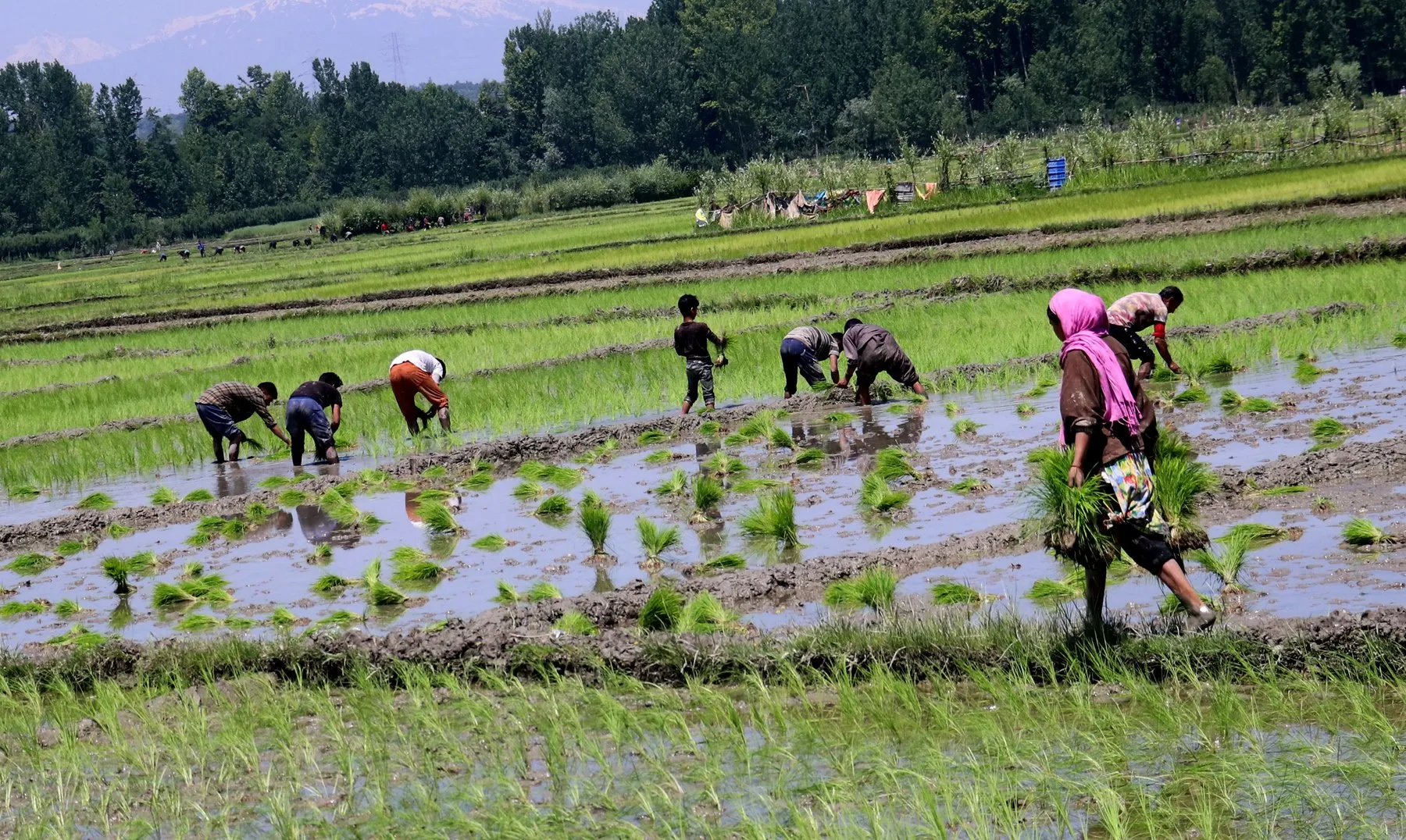Dr. Mohammad Mubashir Kachroo
Introduction
Kashmir, often referred to as “Paradise on Earth,” is renowned for its breathtaking landscapes, lush green valleys, and a rich agricultural heritage. Agriculture has been the backbone of the region’s economy for centuries, with traditional practices deeply ingrained in its culture. However, in recent years, there has been a noticeable shift from conventional farming methods to more commercially oriented agriculture in Kashmir. This transition holds the promise of higher yields, increased income for farmers, and a more sustainable agricultural future.
Traditional Agriculture in Kashmir
Historically, agriculture in Kashmir has been predominantly subsistence-oriented, with small landholdings and traditional farming methods. The primary crops grown include rice, wheat, and various fruits such as apples, cherries, and almonds. While these practices have sustained the population for generations, they have also posed challenges in terms of productivity, profitability, and resource management.
Challenges of Conventional Farming
Limited Land Holdings: The fragmentation of land holdings over generations has led to smaller, less efficient farms, making it challenging for farmers to achieve economies of scale.
Low Productivity: Traditional methods of cultivation often result in lower crop yields due to outdated farming practices, lack of modern technology, and limited access to improved seeds and fertilizers.
Resource Depletion: Inefficient water management, soil degradation, and unsustainable use of resources have posed significant environmental challenges.
Income Inequality:The traditional agricultural system has contributed to income inequality, with many small-scale farmers struggling to make ends meet.
The Transition to Commercial Agriculture
Recognizing the limitations of traditional farming methods, many farmers in Kashmir have started transitioning to commercial agriculture. This shift involves adopting modern agricultural practices and technologies to increase productivity, improve income, and promote sustainability. Here are some key aspects of this transition:
Improved Farming Techniques: Farmers are increasingly embracing modern techniques such as drip irrigation, precision farming, and integrated pest management to enhance crop production and reduce resource wastage.
Crop Diversification: In addition to traditional crops, there is a growing trend towards diversifying agricultural produce. Farmers are exploring cash crops like saffron, walnuts, and aromatic herbs, which have higher market value.
Mechanization: The introduction of modern machinery and equipment, such as tractors and harvesters, is reducing the labour intensity of farming, making it more efficient and cost-effective.
Access to Credit and Training: Government initiatives and financial institutions are providing farmers with access to credit, training programs, and subsidies to facilitate the adoption of modern farming practices.
Market Integration: The establishment of farmer-producer organizations and cooperatives is helping farmers access larger markets and negotiate better prices for their produce.
Benefits of Commercial Agriculture
The transition from conventional to commercial agriculture in Kashmir offers several advantages:
Increased Productivity: Modern practices result in higher crop yields, ensuring food security and surplus for sale.
Income Growth: Commercial agriculture can substantially improve farmers’ income, contributing to poverty reduction and economic development.
Resource Efficiency: Sustainable practices promote responsible resource management, reducing environmental degradation.
Rural Development: Commercial agriculture can stimulate rural economies, create jobs, and improve living standards in rural communities.
Quality Assurance: Modern farming methods enable farmers to produce high-quality products that meet market demands.
Conclusion
The shift from conventional agriculture to commercial agriculture in Kashmir represents a positive step towards a more prosperous and sustainable agricultural sector. While this transition brings many benefits, it also presents challenges such as the need for education and training, access to finance, and infrastructure development. Government support, investment in research and development, and collaboration between stakeholders will be crucial in ensuring the success of this transformation. By embracing modern practices while preserving the region’s agricultural heritage, Kashmir can continue to thrive as an agricultural paradise, benefitting both farmers and consumers alike.
Dr Mohammad Mubashir Kachroo Lecturer Agricultural Economics SKUAST Kashmir.






